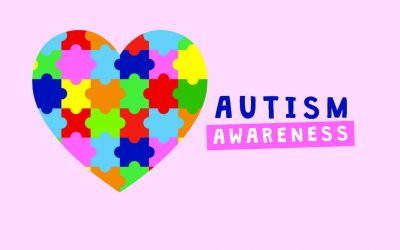Personality Disorders
Personality is a long-term pattern of perceiving, relating to and thinking about oneself and the environment. Current personality theories tends to distinguish between temperament (which is viewed as innate or genetic) and character (which is learned). A personality disorder occurs when these two components (nature and nurture) combine in such a manner that the person develops inappropriate, ineffective, or painful ways of behaving and interacting. Because personality disorders are enduring, they tend to be very difficult to treat and change. In rehabilitation, a personality disorder will often be a secondary disability.
There are Three Clusters of Personality Disorders:
Cluster A
Paranoid
Schizoid
Schizotypal
Cluster B
Antisocial
Borderline
Histrionic
Narcissistic
Cluster C
Avoidant
Dependent
Obsessive-Compulsive
Cluster C
Personality Disorders
People with Cluster C Personality Disorders are often viewed as anxious and fearful. People with these disorders are excessively afraid of social relations and of feeling out of control.
The Cluster C Personality Disorders and common characteristics are:
Obsessive-Compulsive Personality Disorder (301.4)
(note that this is different from Obsessive-Compulsive Disorder)
Perfectionism
Inflexibility
Difficulty Completing Tasks
Focuses on Minute Detail
Unwillingness to Compromise
Need for control
Avoidant Personality Disorder (301.82)
Inhibition
Introverted
Avoidance
Hypersensitivity to Rejection
Apprehension and Mistrust
Social Awkwardness
Timidity
Dependent Personality Disorder (301.6)
Pervasive and excessive need to be taken care of
Submissive
Clinging
Difficulty with everyday decisions


